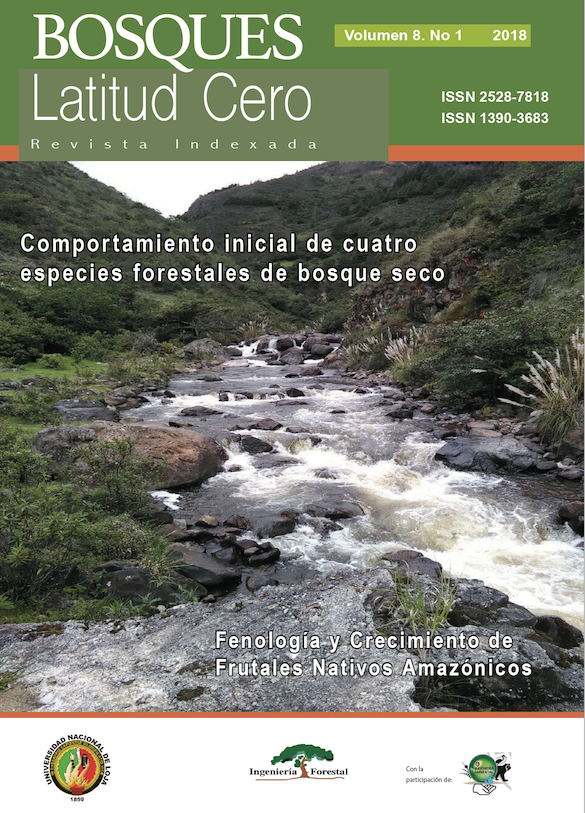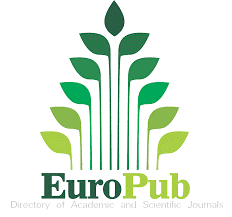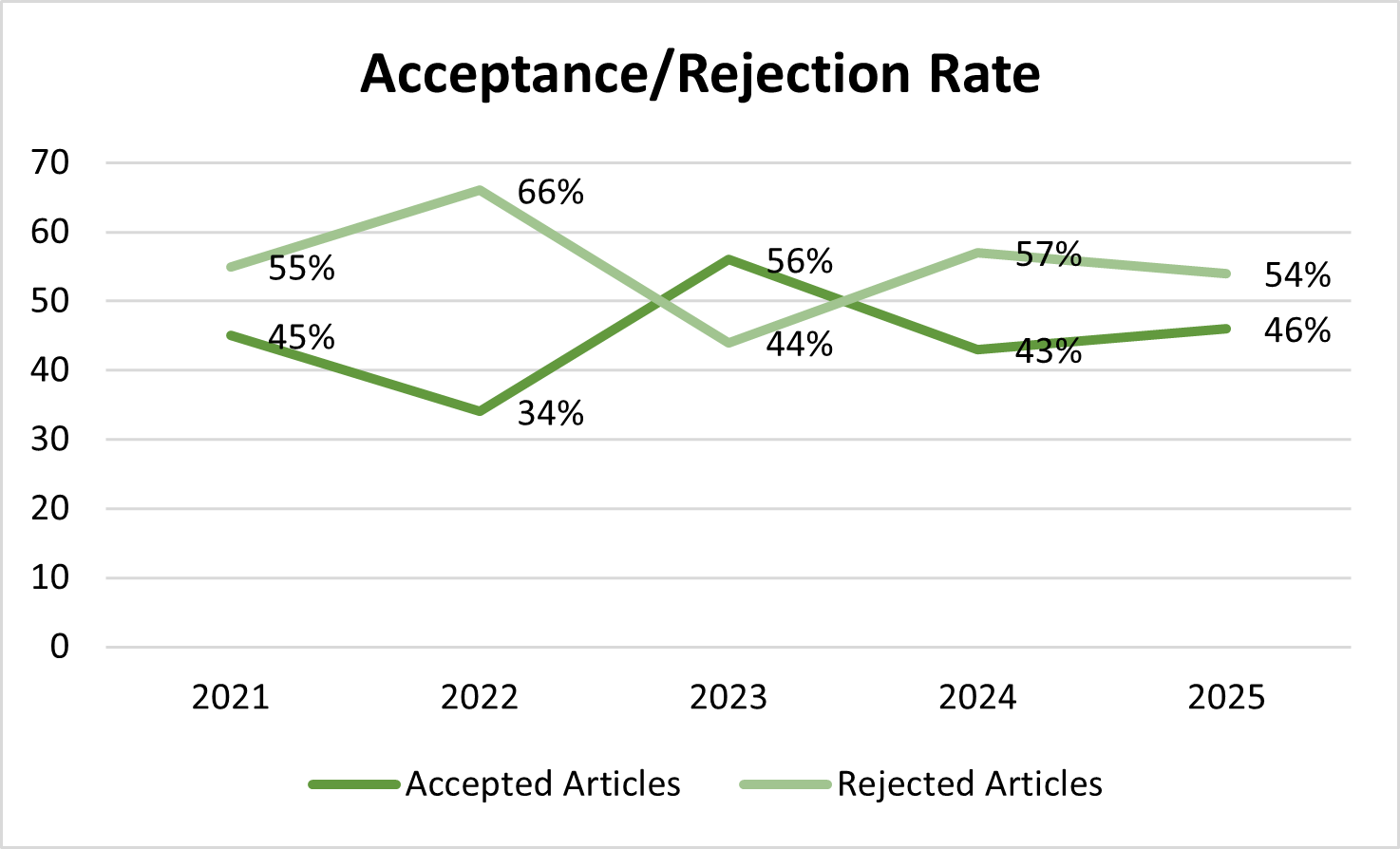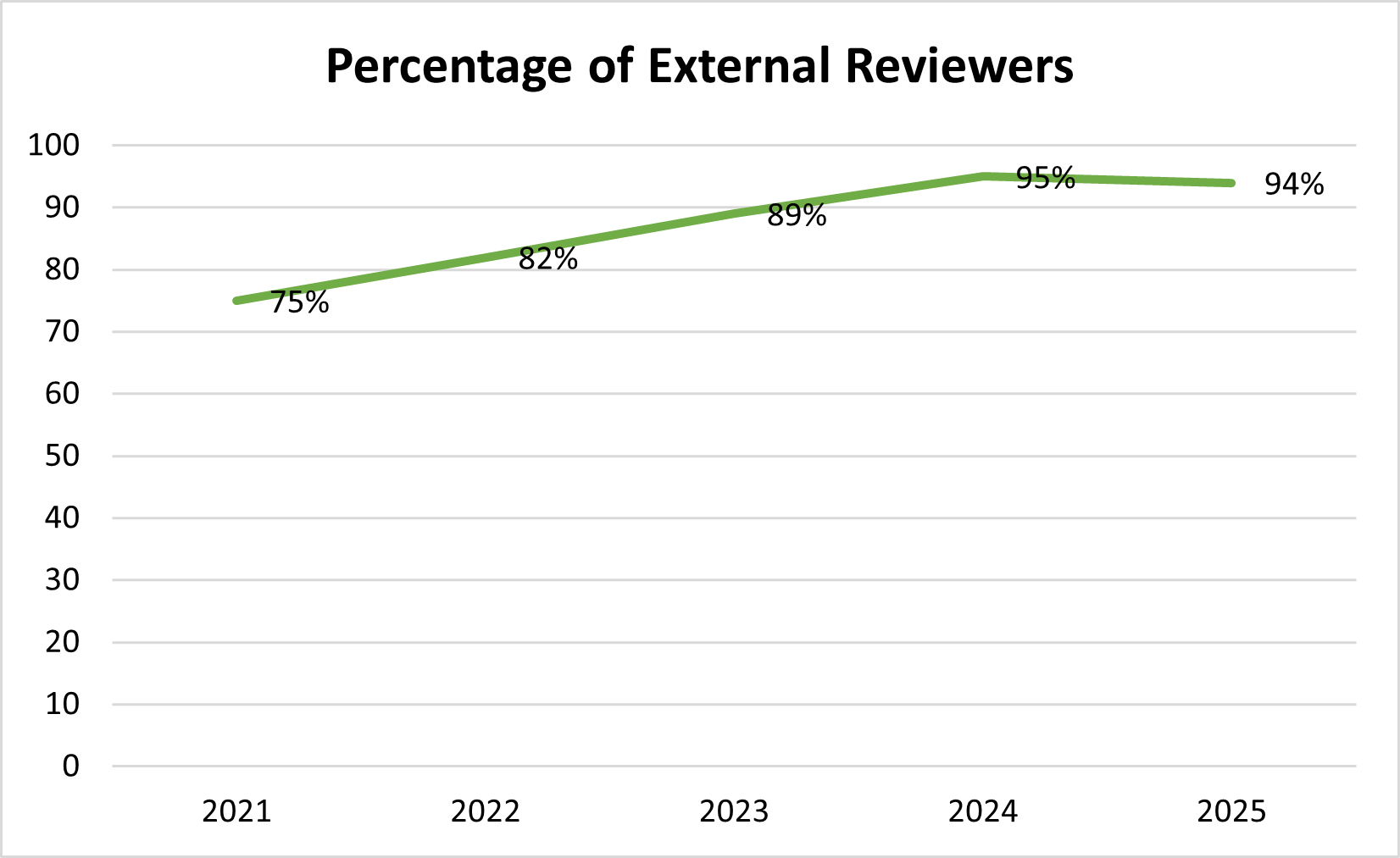Oil productivity potential of Oenocarpus bataua Mart, in the Ecuadorian Amazon, Taisha Canton
Keywords:
productivity, oil, amazon, Oenocarpus batahuaAbstract
Oenocarpus bataua is widely distributed in the northern part of South America, in Ecuador it is found in the lowlands of the Amazon. The species has great potential for the production of suitable oil for human consumption and industry; its fruits are edible, from which a drink called chicha de ungurahua is prepared, very much desired by the communities. The objective of this research was to determine in the wild the oil productivity of Oenocarpus bataua, in the Shuar Chiriap community of Taisha canton, Province of Morona Santiago, with a net natural forest area of 300 ha. The methodology used was based on what is applied in a forest inventory of non-timber forest products. Among the main results, the presence of 500 production palms was determined, ranging from 15 to 35 cm DAP, commercial heights of 10 to 16 meters and natural regeneration of 18 375 seedlings. With respect to the oil extraction process by the traditional method, it was concluded that the average productivity potential was 0,78 l/palm/year, with a total average of 392 l/year, res-pectively, at 100 % of the net area of study; however, in order to guarantee the sustainability of the species in the long term, it was considered to take advantage of 40 % equivalent to 156,80 l / year.References
Cifufentes L, Moreno F, Arango DA. (2010). Fenología reproductiva y productividad de Oenocarpus bataua (Mart.) en bosques inundables del Chocó Biogeográfico, Colombia. Biota Neotrop. 2010; 10(4):101-110.
Conservación Internacional. (2006). CI. Informe Final. Lineamientos básicos para el aprovechamiento comercial sostenible del majo en la comunidad originaria indígena Leco “Irimo” del Municipio de Apolo, provincia Franz Tamayo. Conservación Internacional-Bolivia, La Paz.
Henderson, A; Bernal, R. 1995. FIELD GUIDE TO THE PALMS OF THE AMERICAS. New Jersey. EE.UU. 1995.
HLPE. (2017). Una actividad forestal sostenible en favor de la seguridad alimentaria y la nutrición. Un informe del Grupo de alto nivel de expertos en seguridad alimentaria y nutrición del Comité de Seguridad Alimentaria Mundial, Roma.
Holdridge, L. (1978). Ecología basada en zonas de vida. Leslie, R. Holdridge. Quinta reimpresión.-San Jose, C.R.: Instituto Interamericano de Cooperación para la Agricultura. 1996, c1978.
Lamprecht, H. (1990). Silvicultura en los Trópicos: los ecosistemas forestales en los bosques tropicales y sus especies arbóreas; posibilidades y métodos para un aprovechamientosostenido.Trad. del Antonio Carrillo. Deutsche Gesellschaf fur Technische Zusammenarbeit (GTZ) GmbH. Rossdorf: TZ-Verl. Ges. 1990.
Longman, K. A; Jenik, J. (1974). Tropical forest and its environment. Tropical Ecology Series, Thetford, Norfolk.
MAE. Ministerio del Ambiente del Ecuador. (2014). Protocolo Mapa de Cobertura y uso de la Tierra del Ecuador Continental, 2013-2014. Escala 1:100.000. Quito. Euador.
Ocampo, A; Fernández, A; Castro, F. (2013). Aceite de la palma de seje Oenocarpus bataua Mart; por su calidad nutricional puede contribuir a la conservación y uso sostenible de los bosques de galería en la Orinoquia Colombiana.
Palacios, B. (2009). Plan de Manejo de la palmera ungurahua, (Oenocarpus bataua) en la comunidad Chiriap de la provincia de Morona Santiago.
Palacios, et al. (2016). Riqueza, estructura y diversidad arbórea del bosque montano bajo, Zamora Chinchipe – Ecuador. Loja
Valencia, R; Montufar R; Navarrerte, H; Balslev, H. (2013). PALMAS ECUATORIANAS: Biología y uso sostenible. Quito. Ecuador
Downloads
Published
How to Cite
Issue
Section
License
Copyright (c) 2018 Bosques Latitud Cero

This work is licensed under a Creative Commons Attribution-NonCommercial-ShareAlike 4.0 International License.
This work is published under the Creative Commons Attribution-NonCommercial-ShareAlike 4.0 International (CC BY-NC-SA 4.0) license. This means that users may copy, distribute, and adapt the content, provided that proper credit is given to the authors and the journal. Commercial use of the material is not permitted. Additionally, any derivative work must be distributed under the same license. This license ensures open access to knowledge, promoting the dissemination and reuse of published works for non-commercial purposes, respecting authorship, and ensuring the free circulation of content under fair terms.































